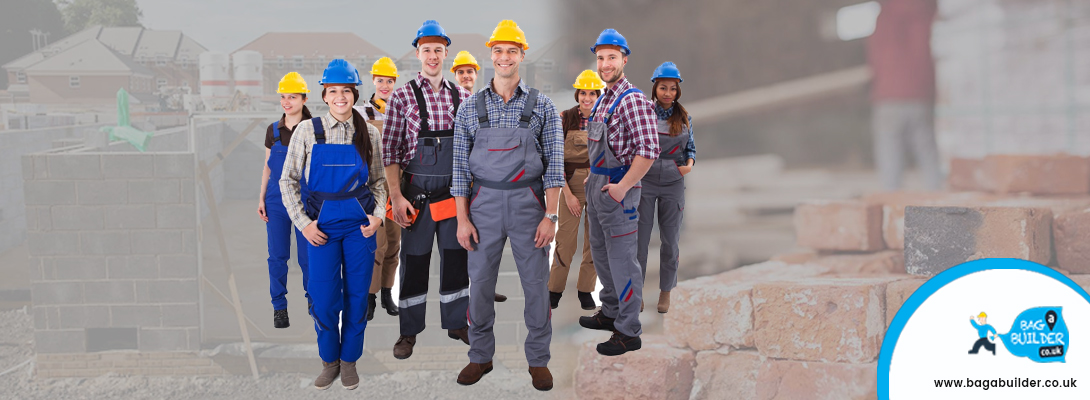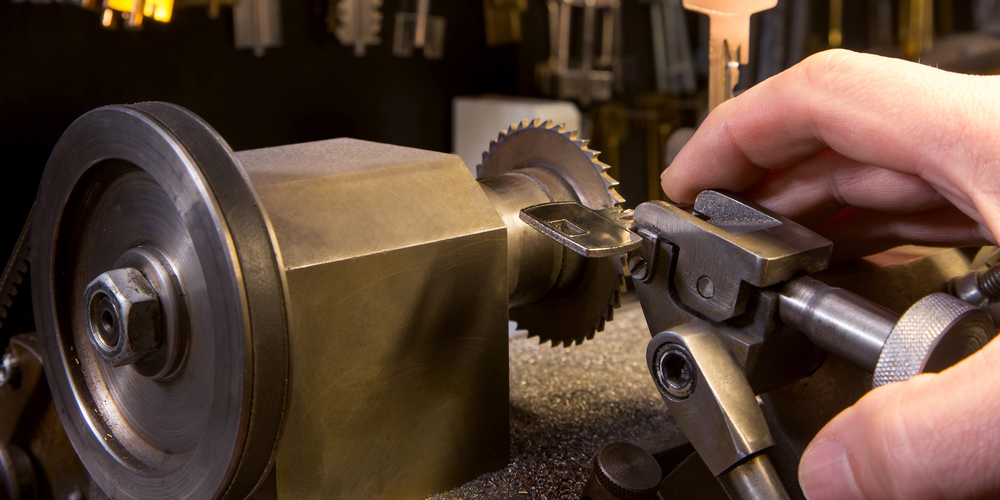How to Check if Walls are Insulated
- By : Adam
- Date :
- Tags: local tradesmen

Are you worried about the fact that with each passing day the cost of keeping your house warm is increasing? But do you know insulated walls can help you bring down your annual heating cost? It is a very well-known fact that most of the heat that’s produced by your heating system is lost through the walls and newer homes have insulated walls just to stop that. So if you are constructing your home or just shifted into a new one, making sure that the walls are insulted ensures future saving on heating costs.
What to check:
1) Wall thickness: Newer homes have Cavity walls – There are two layers of brick in each wall and there is a gap or “Cavity” between them. The cavity doesn’t conduct the heat so it prevents the heat from escaping and keeps your home warmer for an extended period of time. On the contrary, Solid walls have just a single layer of bricks and no “Cavity”, so they tend to exchange more heat with the outside and reduce the effectivity of your heating system. So if you recently shifted to a new place, the easiest way to find out if your walls have a single or double layer of bricks is by measuring the width of the walls. If the width is less than 260mm, it is most probably a solid brick wall.
Solution: Find a tradesman and talk to him about the most suitable way to get your walls insulated. Solid walls can be insulated from inside as well as from the outside. Internal wall insulation can be achieved by fitting rigid insulation boards or by building a stud wall full of insulating material. Externally walls can be insulated by fixing a layer of insulation material and then camouflaging it with external wall paint.
2) Use an inspection scope: Try to find an odd spot in your house which is pretty much invisible or insignificant or obscure. Take for example a storage loft or the wall above kitchen cabinets. Bore a hole in the wall and take out a piece of the drywall. Insert an inspection scope and if you can see the other wall, then it’s pretty evident that your walls are insulated.
3) Use a wire: This method is similar to the inspection scope method except you can’t see the other wall here. Once you cut out a piece of the drywall and insert a wire through it, if you can feel the wire tip hit another wall on the other side, your walls are insulated. This method comes handy when you don’t have access to an inspection scope.
4) Check the attic: look for the joists and if you can’t find them, it’s probably because your house is sufficiently insulated.
5) R values: Look at the R-value already printed on your existing insulation batts. If you can’t, use a measuring tape to check the depths. Compare the observed value with standard R-value charts available online to determine the type of insulation you already have and if you need to add more to it.
One should also keep in mind that insulating walls from inside can actually reduce the floor area slightly and insulating your walls may look expensive but they do save you a lot of money in future by bringing down your heating bills. So contact your local tradesman to get an idea about what type of insulation suits you and your home.







